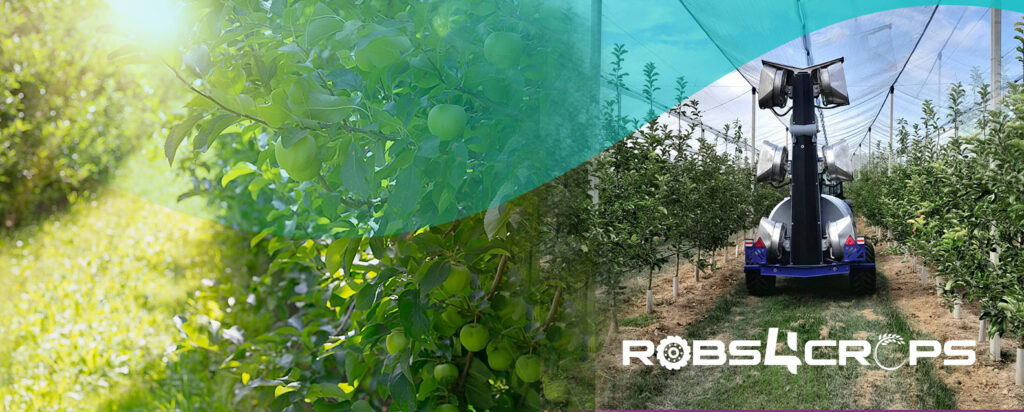Can you describe the specific technology being used in your pilot?
The Spanish pilot is utilizing two distinct technologies together, a perception unit and an automated sprayer, to detect leaf density in the field where the robot operates, allowing the sprayer to apply the appropriate amount of plant product protection with greater efficiency. For the following season, we will also use a farming controller and an autonomous retrofitted tractor.
What challenges have you faced in implementing and adapting these new technologies in your pilot's operations? And how did you overcome those challenges?
At the beginning of the tests, we encountered some issues with the perception unit. It was affected by the sunlight in the field, where the leaf density is lower, causing the nozzles to open and close when they weren’t meant to. Additionally, the net that covers all the apple orchard was interfering with the GPS location and the ability to calculate the area.
How does this technology compare to traditional methods of farming in terms of cost, precision, and sustainability?
The technology, in terms of cost precision and sustainability, is comparable to the traditional system. However, we must solve the problem with the perception unit and test the retrofitted tractor. With these technologies working together, all the activities in the field will be more efficiently done. It all depends on the perception unit, if the technology is capable of correctly detecting the leaf density, it will result in the application of less chemicals in the young trees.

